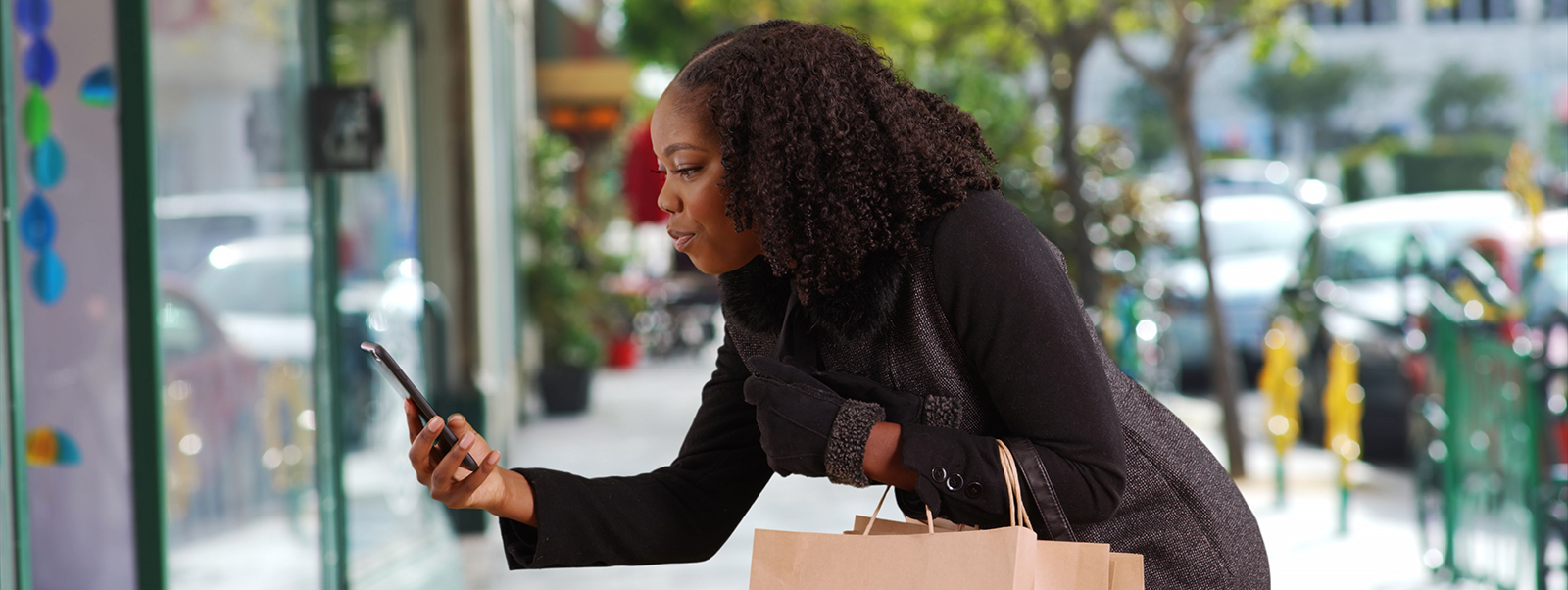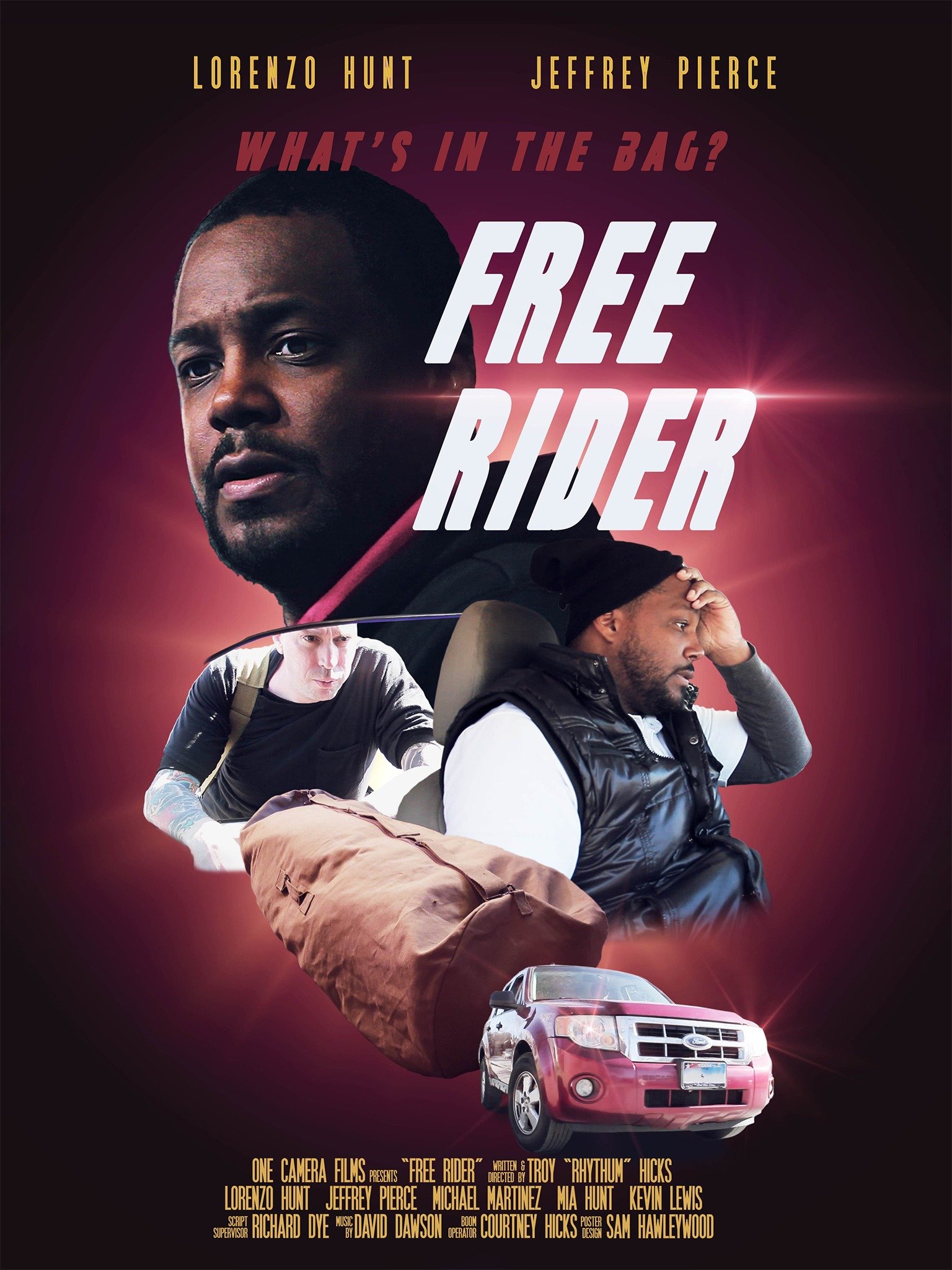
Also, the benefit would be enjoyed by everyone.
#FREE RIDER FREE#
As taxes are paid by everyone, there would be no free riders. By requiring everyone to pay taxes, the cost of national defense can be sustained. For example, the cost of national defense in the United Kingdom is over $30 billion. Taxesīy requiring all consumers to pay taxes, there would be no free riders. There are several possible solutions to the free rider problem: 1. The public good, therefore, does not get built and thus a free rider problem is created. Therefore, both people would come to the conclusion that it would be unwise to contribute. On the other hand, if Adel thinks that Tom will contribute, she would gain more by not contributing. The rationale is as follows: if Adel thinks that Tom will not contribute, she would lose $1 for contributing. In the prisoner’s dilemma game above, we can see that both Tom and Adel would attempt to free ride (not contribute).

The personal cost of contributing is $6 and the benefit of the contribution is $10. Imagine there are two people, Tom and Adel, who are considering a contribution to a public good. The free rider problem can be illustrated through a prisoner’s dilemma game. Understanding Why People are Free Riders Through a Prisoner’s Dilemma Game

Public goods create a free rider problem because consumers are able to utilize public goods without paying for them. Non-excludable: It is impossible to prevent other consumers from consuming the good or service.Non-rival: Consumption of the good or service by one individual does not reduce the availability of the good to others.Public goods commonly face a free rider problem due to the two characteristics of a public good: A large majority of Wikipedia users do not pay to use the site but are able to benefit from the information provided by the website. Hundreds of millions of people use Wikipedia every month but only a tiny fraction of users pay to use it.

Wikipedia, a free encyclopedia, faces a free rider problem. There is no profit incentive for John to maintain the lighthouse, as he is the only person contributing to its upkeep. As a result, all sailors are now able to benefit from the lighthouse even if they are not paying towards its upkeep. John builds a lighthouse on the coast to serve as a navigational aid. Here are two examples of the free rider problem: The problem is commonly seen with public goods (goods with non-excludable benefits). Therefore, this would create a free rider problem. If there are too many free riders, the resources, goods, or services may be overprovided. The free rider problem is an economic concept of a market failure that occurs when people are benefiting from resources, goods, or services that they do not pay for. In other words, free riders are those who utilize goods without paying for their use. A free rider is a person who benefits from something without expending effort or paying for it.


 0 kommentar(er)
0 kommentar(er)
